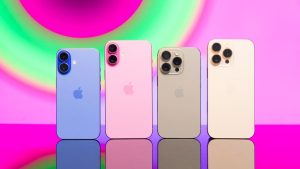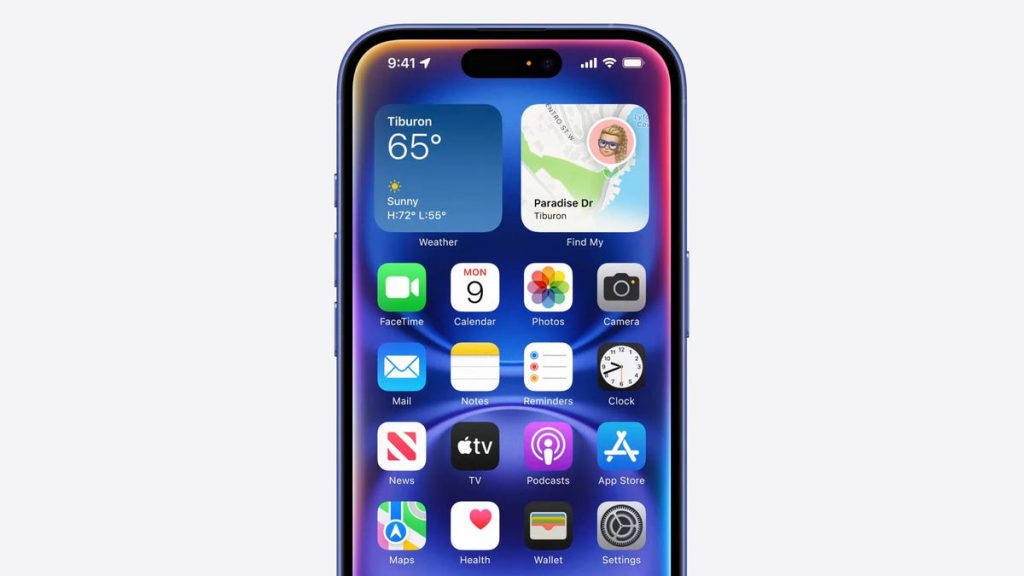The arrival of iOS 18.2 heralded the introduction of Apple Intelligence, a suite of AI-powered features designed to enhance the iPhone experience. One of the most noticeable changes is a redesigned Siri interface, featuring a vibrant, pulsating rainbow of colors that encircles the entire screen when activated. However, many users who updated to iOS 18.2 found themselves facing the familiar, static Siri orb anchored at the bottom of the display. This discrepancy stems from the fact that Apple Intelligence is not universally available, even on devices compatible with iOS 18.2. The advanced AI capabilities require significant processing power, limiting the feature to a select group of newer iPhone models.
Apple Intelligence leverages on-device processing for its AI functionalities, which necessitates powerful hardware. Consequently, the feature is currently exclusive to the iPhone 15 Pro, iPhone 15 Pro Max, iPhone 16, iPhone 16 Plus, iPhone 16 Pro, and iPhone 16 Pro Max. This restriction ensures optimal performance and responsiveness for the AI-driven features. Users with older iPhone models, even those capable of running iOS 18.2, will continue to experience the traditional Siri interface. The same principle applies to Apple devices beyond the iPhone. Apple Intelligence is also available on Macs and iPads equipped with M-series processors, including the latest iPad Mini with its A17 Pro chip. These devices boast the necessary processing power to handle the demands of the new AI features.
While owning a compatible device is a prerequisite, it doesn’t guarantee immediate access to Apple Intelligence. Apple has implemented a waitlist system for the new feature, treating it as a beta program even on supported devices. This approach allows Apple to manage the rollout effectively, ensuring server stability and gathering valuable user feedback during this initial phase. Upon updating to iOS 18.2 (or iPadOS 18.2 or macOS Sequoia 15.2), users of compatible devices must navigate to Settings > Apple Intelligence & Siri and select “Join the Apple Intelligence Waitlist” to gain access. Only after being granted access will users witness the new, dynamic Siri interface.
The wait time for access to Apple Intelligence seems to be relatively short, with reports suggesting just a few hours in many cases. However, this duration could fluctuate depending on the volume of requests and the capacity of Apple’s Private Cloud Compute infrastructure, which powers the AI features. Apple’s decision to use a waitlist approach aligns with their strategy of carefully managing the rollout of new features, especially those reliant on significant server-side resources. This method allows for a more controlled introduction, minimizing potential disruptions and optimizing performance for users.
For those eager to experience the full potential of iOS 18.2, backing up your iPhone before installing the update is a crucial precautionary step. This ensures data safety in the unlikely event of complications during the update process. Additionally, exploring the various new settings within iOS 18.2 can further enhance the user experience. The update introduces several refinements and customizations, allowing users to tailor their device settings to their preferences.
In summary, the redesigned Siri with its pulsating rainbow border serves as the visual hallmark of Apple Intelligence, a collection of AI-driven enhancements available on select iPhone, Mac, and iPad models. Despite the broad compatibility of iOS 18.2, access to Apple Intelligence is currently restricted to specific devices and managed through a waitlist system. This controlled rollout allows Apple to fine-tune the feature, ensuring optimal performance and stability while gathering user feedback. For those fortunate enough to gain access, the dynamic Siri interface offers a glimpse into the future of AI integration within the Apple ecosystem.










